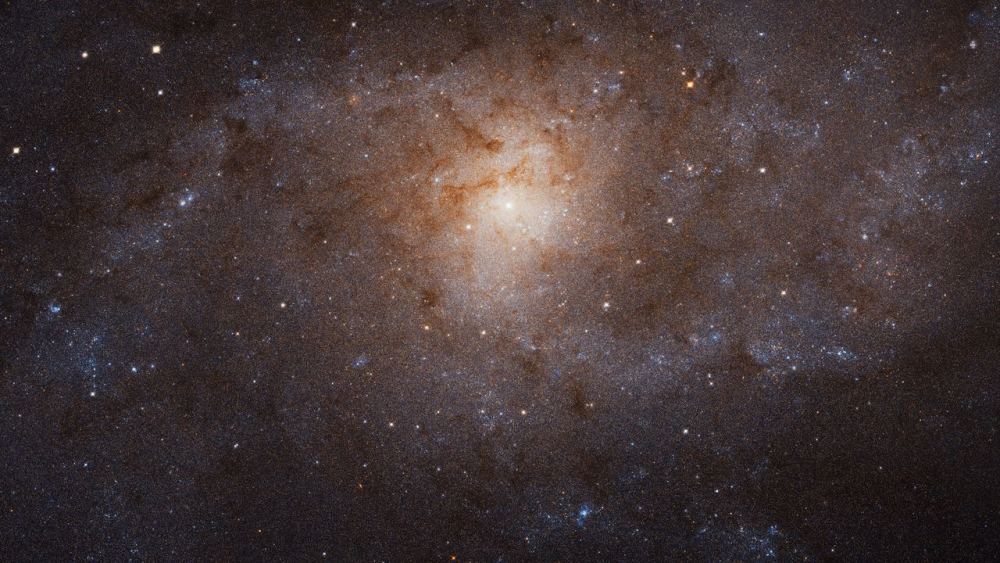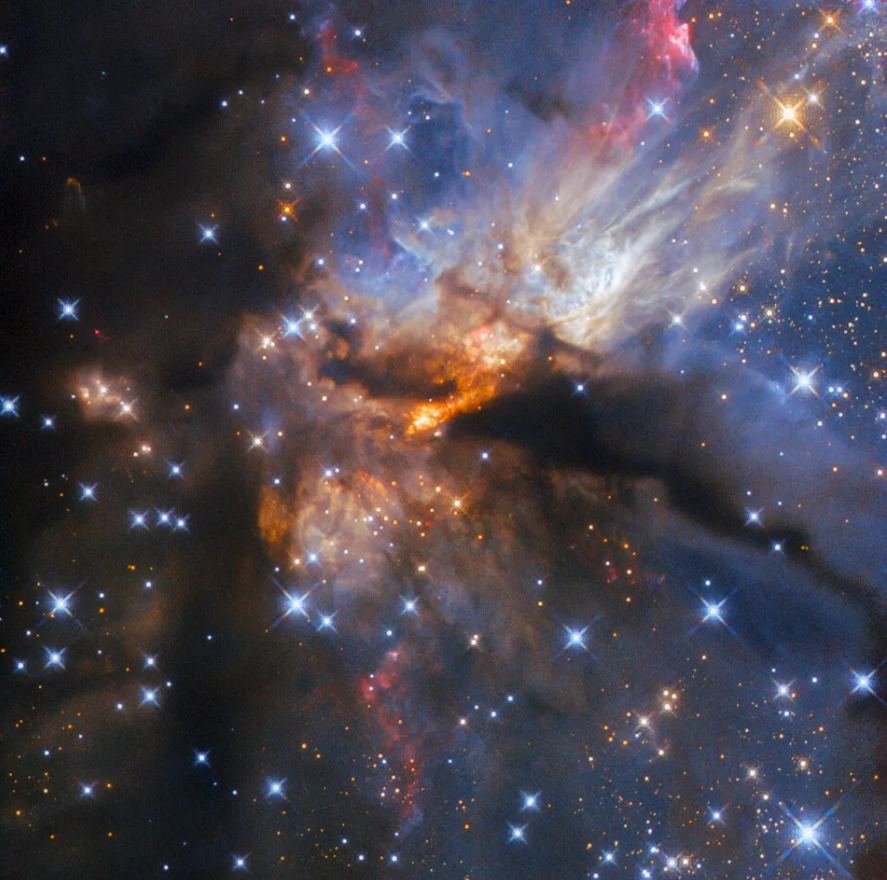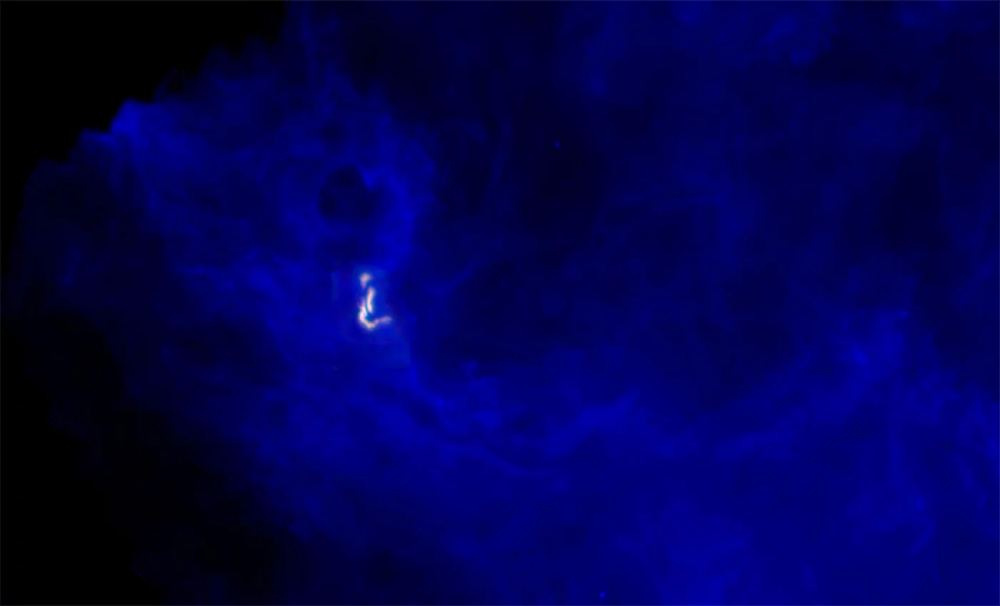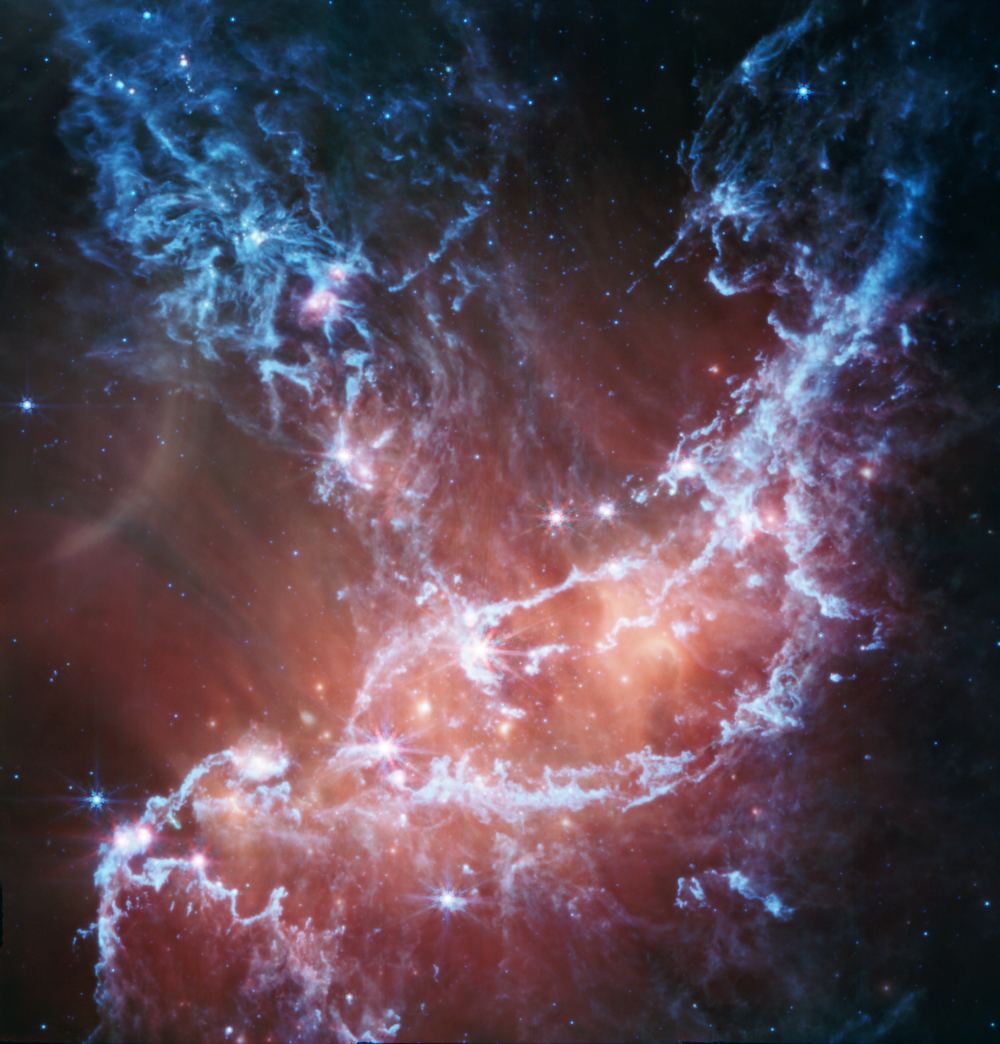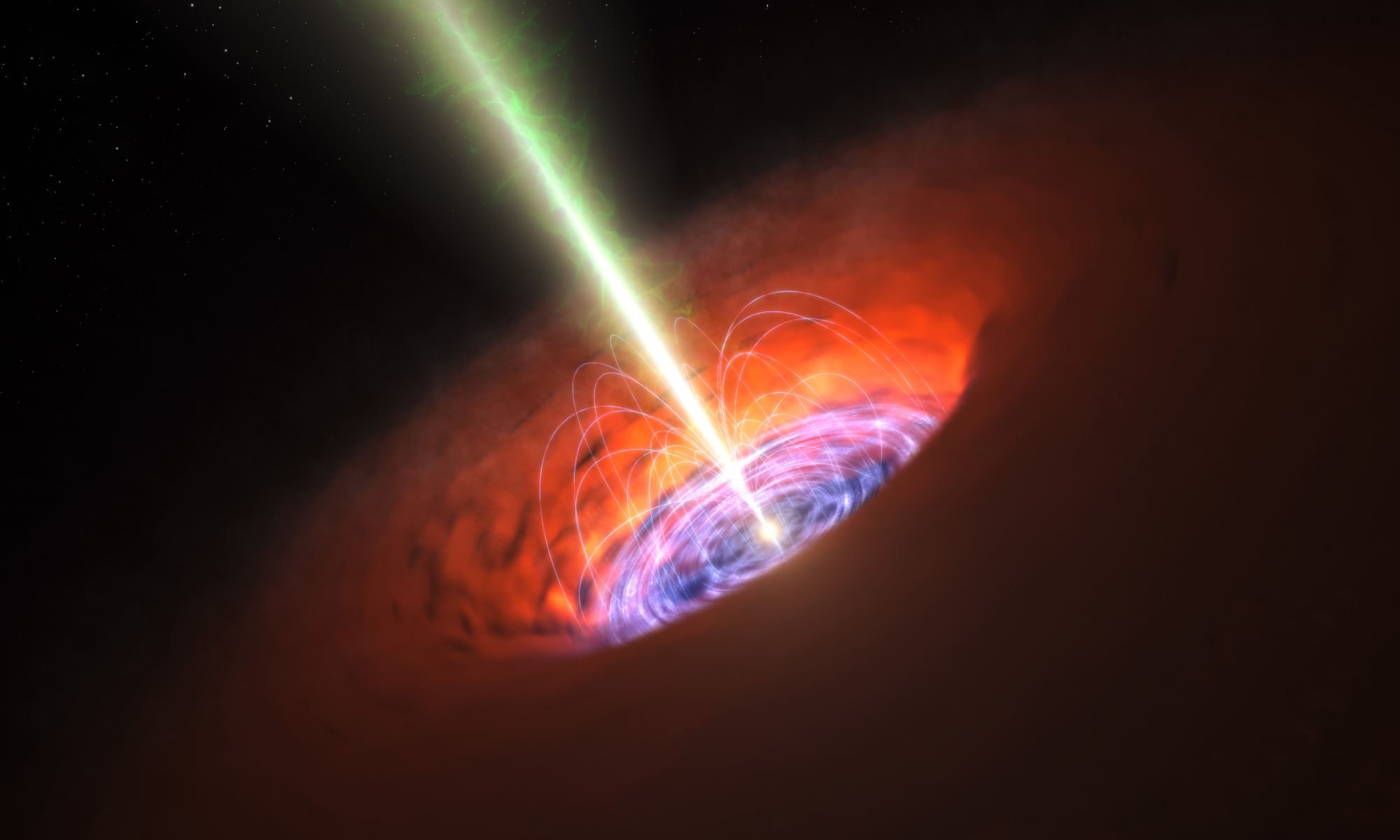Our Milky Way bristles with giant molecular clouds birthing stars. Based on what we see here, astronomers assume that the process of star creation also goes on similarly in other galaxies. It makes sense since their stars have to form somehow. Now, thanks to JWST, astronomers have spotted baby stellar objects in a galaxy 2.7 million light-years away. That’s millions of light-years more distant than any previous observations of newly forming stars have reached.
Continue reading “JWST Sets a New Record, Sees Newly Forming Stars in the Triangulum Galaxy”JWST Sets a New Record, Sees Newly Forming Stars in the Triangulum Galaxy
